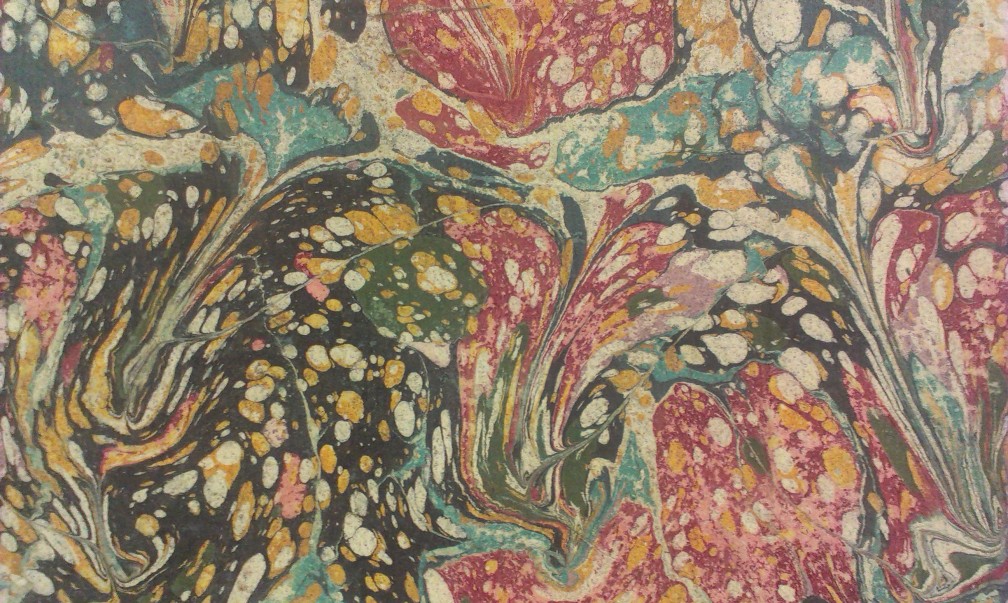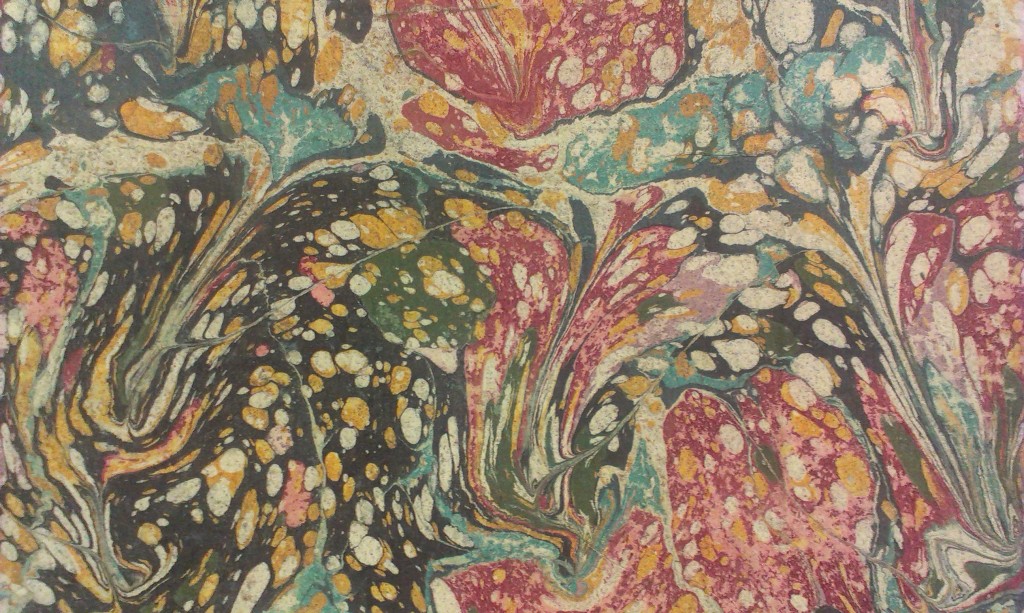☞ After I decided to revisit the old thesis, I had a rummage through my old thesis files. I found that, in the last year of working full time on the project, I made no clear revisions to the abstract/ proposal document. It was as though, even then, the prospect of completion was receding from view, becoming less viable, that the more I wrote, like Tristram’s biography, the less likely I was to reach the end. I remember conversations with my supervisor where he talked about the “final” or “next” drafts and they sent shivers through my spine.
Of course now I know better. I’ve learned from working in HE that a thesis is very much a journeyman piece – it is not expected to be perfect or complete, just original and coherent. I wish I’d had the maturity then to both work harder and talk about the problems I was having. I also think that, in retrospect, I should have stopped seminar teaching to concentrate on the research. I enjoyed teaching very much, but I found it difficult to move from teaching prep back into thesis and Sterne mode. Sadly I needed the money. It is still one of the great obstacles to becoming an academic: without teaching experience you can’t get a job afterwards, but if you don’t finish the thesis, well….
Anyway I’ve found one of the reports that I sent to my sponsors and it contains some elements of the abstract. I think that it will give you – dear reader – some idea of what I was working towards.
In the next post I’ll talk about the chapters I produced, but this should give you a rough idea of the overall theme.
The socialisation of Tristram Shandy
I am studying Laurence Sterne’s novel Tristram Shandy as an example of what Jerome McGann has called a ‘social text’.
We read McGann during my MA year and I found his emphasis on the book as a physical artefact really intriguing, and Tristram is just the perfect book to use as an exploration of this theory, as it so often highlights its own status as a constructed and created object. In retrospect I should also have looked at Genette’s Paratextes to ground this in critical approach that looked at more than just literary editing
One aspect of this is that the ‘bibliographical codes’ of a text – non-linguistic material such as the layout of a page- are as important as the linguistic meanings which have traditionally been the focus of literary study. Tristram Shandy is a work that exemplifies the importance of considering these non-linguistic signifiers because it often relies on the reader’s comprehension of features such as the black or marbled pages.
My best work on this aspect was a long chapter on footnotes, believe it or not. If it had a conclusion I’d have submitted that chapter somewhere. I see now that the emphasis on McGann as master theorist was a bit foolhardy and specific – the ‘bibliographic codes’ are a subset of paratextual matters.
I shall argue that Tristram Shandy is a sophisticated inquiry into the authority of different kinds of textual knowledge.
Actually this bit is key to what I did – perhaps more so than bibliographic codes – the drafted chapters look at major external sources/influences such as Locke and Swift, with an initial chapter that looks generally at the way Sterne/Tristram use named authorities to “guarantee” the authenticity and expertise of knowledge.
I am going to show that the many texts which Sterne plagiarised and exploited to construct his novel are often positioned in a relationship of text and commentary which has many parallels with the practice of eighteenth century academic scholarship. This brings a new approach to the traditional question of Sterne’s intertextuality by considering the way the authority of other texts is interrogated by their placement within a ‘Shandy’ discourse.
I was quite proud of this at the time, and I even demonstrated (somewhere) that the interpolated texts (like Slawkenbergius, or the Curse of Ernulphus) demonstrated Sterne’s awareness of textual commentary and the authority thereof. It was a good chapter. It may not have been a new approach, or be enough to pad out a thesis, but it was a nice chapter.
I will be examining Sterne’s negotiation of textual authority in the context of the reading expectations and competence of an audience in the 1760s. For example, I shall consider not only the way Sterne used aspects of Locke’s Essay as a structuring principle for the novel but also the early eighteenth-century popular interest in Locke’s work. I will show how Tristram Shandy appropriates part of a discourse of using Locke’s theories in literature as part of its overall examination and commentary upon the authority of knowledge.
Yeah I didn’t do this so much… Reading Locke was such a struggle that it was all I could do to produce a chapter that engaged with Sterne and Locke, never mind popular understandings of the Essay Concerning Human Understanding in the mid-18th century. And actually that seemed like such a broad (and boring) query that I dodged it for the entire time.
I will conclude my thesis by examining the reception of the novel between 1760 and 1765 in the reviews and pamphlets which were prompted by the popular interest in Sterne’s novel. Many of these pamphlets consist of imitative discourses which I will argue represent reinterpretations of contemporary readings of the novel.
Well this bit comes from a paper I gave at the weekly postgraduate research seminar sessions. It looked at the many pamphlets that were written and printed to exploit the vogue for all things Tristram Shandy in 1761-3. I don’t remember it being very well-received and I still have an annotated version of the paper where I worked out what I should have said. I doubt that paper would end up in the thesis.
☞ It strikes me now that this really isn’t a coherent project. I think that I knew that, even then.


